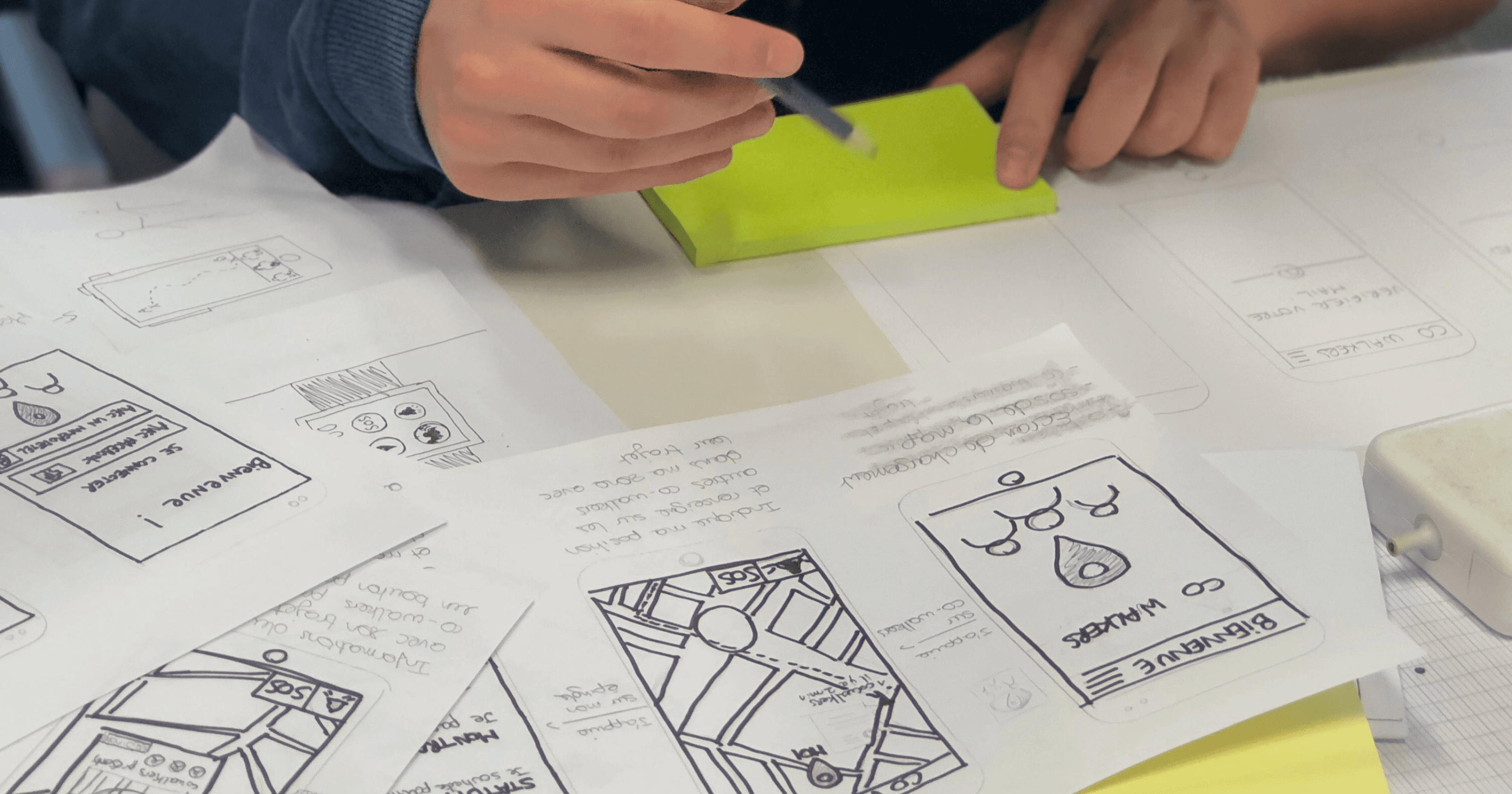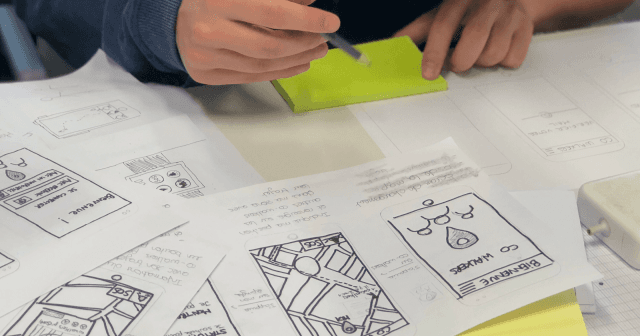

Why We Need to Prototype?
Why We Need to Prototype?
Prototyping is a crucial step in the development process of any project, be it in the field of engineering, product design, or technology. It allows us to transform ideas into tangible representations, enabling us to test, refine, and validate our concepts before investing significant resources. In this article, we will explore the importance of prototyping and its benefits in various industries.
Prototyping is a crucial step in the development process of any project, be it in the field of engineering, product design, or technology. It allows us to transform ideas into tangible representations, enabling us to test, refine, and validate our concepts before investing significant resources. In this article, we will explore the importance of prototyping and its benefits in various industries.
The Essence of Prototyping: Prototyping is the process of creating a preliminary model or representation of a product or system. It serves as a tangible proof-of-concept that allows designers, engineers, and stakeholders to visualize and interact with the project in its early stages. Prototyping provides a hands-on experience that enables the identification of flaws, optimization opportunities, and user feedback, fostering innovation and improvement.
The Essence of Prototyping: Prototyping is the process of creating a preliminary model or representation of a product or system. It serves as a tangible proof-of-concept that allows designers, engineers, and stakeholders to visualize and interact with the project in its early stages. Prototyping provides a hands-on experience that enables the identification of flaws, optimization opportunities, and user feedback, fostering innovation and improvement.
Iterative Design and Refinement: Prototyping allows for an iterative design process, where multiple versions of a concept are created and tested. Through each iteration, designers and engineers can refine and enhance the product, addressing issues, improving functionality, and optimizing performance. This iterative approach ensures that the final product is more robust, user-friendly, and aligned with the desired objectives.
Iterative Design and Refinement: Prototyping allows for an iterative design process, where multiple versions of a concept are created and tested. Through each iteration, designers and engineers can refine and enhance the product, addressing issues, improving functionality, and optimizing performance. This iterative approach ensures that the final product is more robust, user-friendly, and aligned with the desired objectives.
Reducing Costs and Risks: Prototyping helps mitigate risks and reduce costs associated with product development. By identifying design flaws and shortcomings early on, prototyping allows for timely adjustments and modifications, preventing costly errors during the later stages of production. It also enables the evaluation of different materials, manufacturing processes, and technologies, ensuring cost-effective and efficient solutions.
Reducing Costs and Risks: Prototyping helps mitigate risks and reduce costs associated with product development. By identifying design flaws and shortcomings early on, prototyping allows for timely adjustments and modifications, preventing costly errors during the later stages of production. It also enables the evaluation of different materials, manufacturing processes, and technologies, ensuring cost-effective and efficient solutions.
User-Centric Design: Prototyping is instrumental in achieving user-centric design. By creating physical or interactive representations, designers can gather feedback from potential users, stakeholders, and experts. This feedback helps in understanding user needs, preferences, and pain points, leading to the development of products that truly address their requirements. Prototyping facilitates user testing, enabling designers to make informed decisions based on real-world usage scenarios.
User-Centric Design: Prototyping is instrumental in achieving user-centric design. By creating physical or interactive representations, designers can gather feedback from potential users, stakeholders, and experts. This feedback helps in understanding user needs, preferences, and pain points, leading to the development of products that truly address their requirements. Prototyping facilitates user testing, enabling designers to make informed decisions based on real-world usage scenarios.
Prototyping is an essential aspect of any project, providing numerous benefits throughout the development process. By creating tangible representations, prototyping enables iterative design, risk reduction, and user-centricity. It empowers designers and engineers to identify and address flaws, optimize performance, and gather valuable feedback. UDTECH recognizes the significance of prototyping in our IoT and engineering projects. To witness the practical applications of prototyping, visit https://udtech.co/cases , where you can explore projects that were performed from scratch, showcasing the transformative power of prototyping in achieving innovative and successful solutions.
Prototyping is an essential aspect of any project, providing numerous benefits throughout the development process. By creating tangible representations, prototyping enables iterative design, risk reduction, and user-centricity. It empowers designers and engineers to identify and address flaws, optimize performance, and gather valuable feedback. UDTECH recognizes the significance of prototyping in our IoT and engineering projects. To witness the practical applications of prototyping, visit https://udtech.co/cases , where you can explore projects that were performed from scratch, showcasing the transformative power of prototyping in achieving innovative and successful solutions.